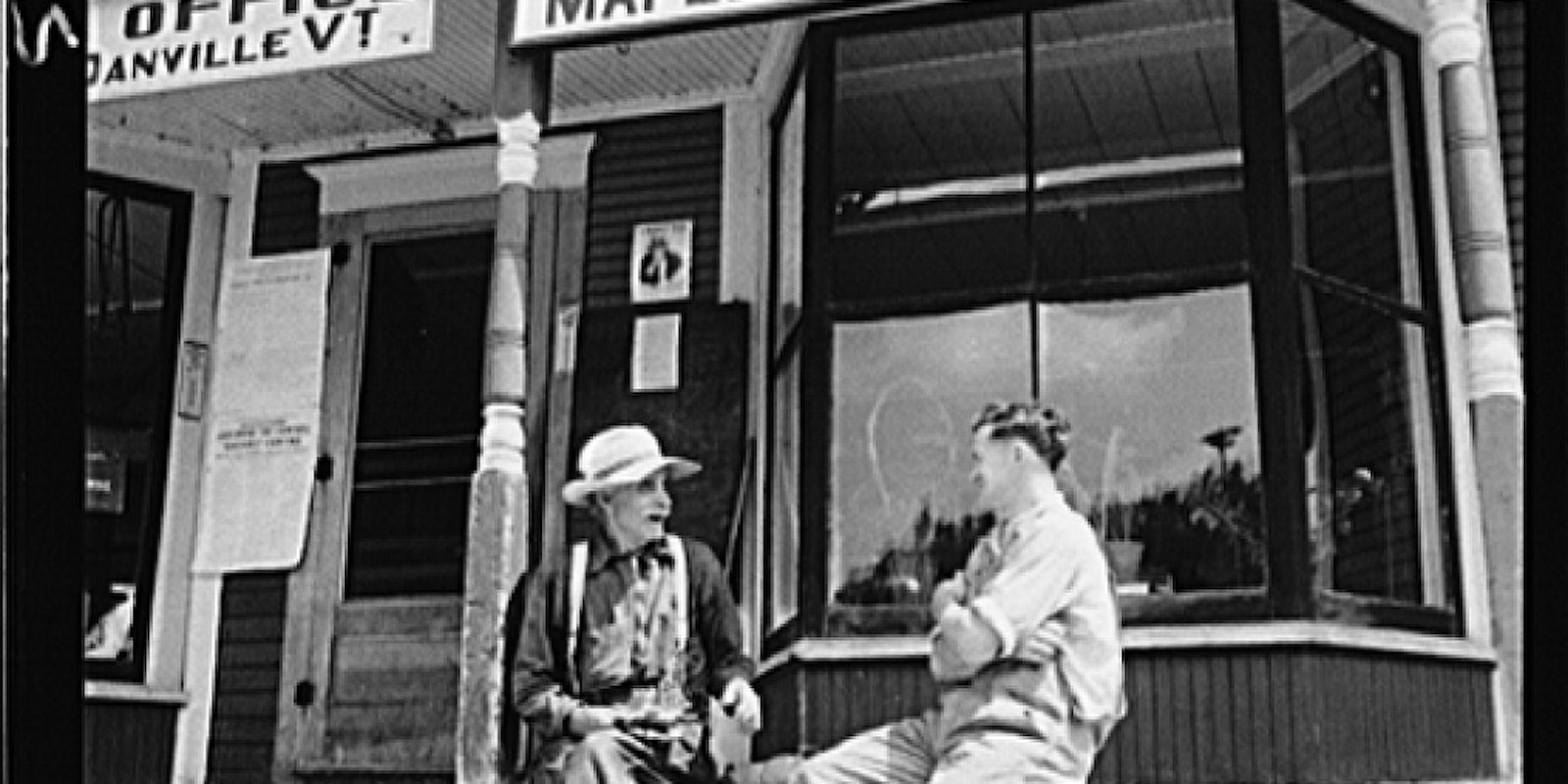By JASON ANGELL
For a farmer, the arrival of winter is deliverance of a sort. While the list of tasks to do is never finished, frozen ground and snow-cover force you to hang up the boots for a few months. Winter is a reprieve from the demands on your body and a chance for your mind to stretch a bit; reflecting on what worked and what didn’t, how to do it better next year, and how the work you do as one person relates to the wider world.
Many people think of farming as a solitary endeavor, the lone farmer sitting on a tractor rolling across acre upon acres that stretch to the horizon. It’s perhaps surprising to think that in today’s age of modern industrial farming, the result of the rise of the mega-farm as large farms absorbed the smaller farms around them, this stereotypical vision is often true. But rather than manifesting a romantic vision, this solitary farmer is a harbinger of the end of the farming era as we knew it: the victim of lonesomeness brought on by neighbors buying out neighbors and younger Americans moving to the cities in droves.
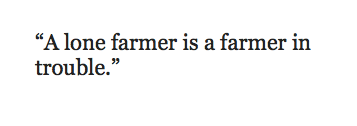
There are so many tasks on a farm that require many hands: putting up a barn; bringing in the hay before a rain storm; harvesting sweet corn when it is ready before the bugs find it; or chasing down AWOL chickens when the electric fence fails. Every farmer needs a community to get the job done (just as we at Longhaul Farm believe every healthy community needs a farm).
At the peak of farming as a way of life in America in the mid-19th century, roughly two out of three Americans made their living farming, while only 2% of Americans do today. In past farming communities, neighbors helped each other because they knew they would likely need help in return. Communities would gather around a barn raising; a harvest; a fire; lost livestock. Farming knowledge was shared as farmers gathered on the porch of the town store and traded ideas on how to tackle the corn worm or be best prepared for drought. Today, controlled by large corporations or separated by hundreds of miles, the independent farmer as often as not is that lone figure on a tractor.
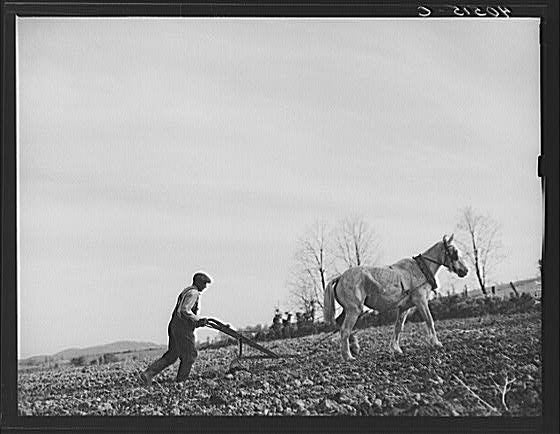
The short answer, of course, is the Internet. The opportunities to connect and share information has begun to transform the culture of farming for a new generation of connected farmers, who build a community in a different way. And it is no less helpful, no less practical, no less down in the dirt than those farmers trading feed tips on the general store porch.
New farmers used to rely heavily on the wisdom of their elders to learn how to farm. When my wife and I quit our city jobs to establish a farm, we didn’t have much experience to build on beyond the small back-yard vegetable plot. So we went online to fill the knowledge gap. There was (and is) access to unlimited information on different farming practices. Vibrant discussion boards where farmers debate the merits of seed varieties. Guides and access to local “craft” meetings where experienced farmers host new farmers for farm tours and informal discussions. This wealth of real, practical knowledge and advice is what we turned to time and time again when striking out into our first year of farming and harvesting, and all the uncertainty it brought to two city kids with agricultural ideals.
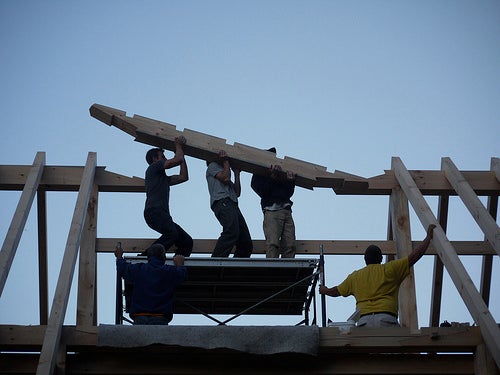
Last year, for example, we decided that we wanted to raise chickens on the farm, both as a source of food and as a key part of being sustainable (what we think of as striving to be a “closed loop” system: our veggie scraps help feed the birds and the collected chicken manure helps fertilize the soil for the next generation of veggies, meaning we don’t need to buy fertilizer from off the farm).
So chickens need a place to live—how do you build a strong, inexpensive coop? I could make the hell out of a fancy Power Point presentation or write a good memo, but was at a total loss when it came to chicken house construction. Enter, YouTube—which, virtual as it is, has become a global DIY repository of people teaching each other how to build things with their hands. We typed “chicken coop” into the search bar. Low-tech, inexpensive designs from all over the world came up, everything from the “rolling chicken coop” in Australia to the “chicken tractor” in New York (we went local, with the New York Chicken Tractor). But we easily could have adopted the Aussie model, which others farming around the world doubtless do. This is the convergence of sustainable farming and the Internet: low-tech solutions made possible by high-tech connectivity between people around the world. Social media tools have also given us a way to gather real, physical manual laborers. 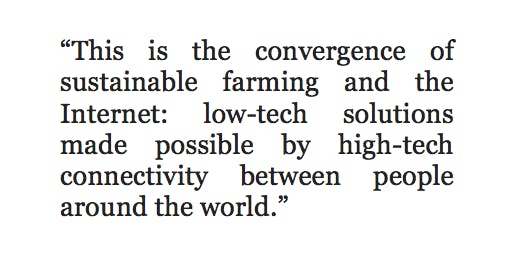
At Longhaul Farm, we host two or three “work-ations” a season, using web invites to ask all of our friends, neighbors and anybody that follows us on our blog at longhauling.blogspot.com to come to the farm for a collective work day the tasks we need many hands to accomplish. We get our own community right there on our doorstep: usually about forty brave souls inspired to get muddy and celebrate our work over a big communal lunch harvested from the garden, and a dinner followed by music around a bon-fire and plenty of beer and wine (to ease the pain of sore muscles).
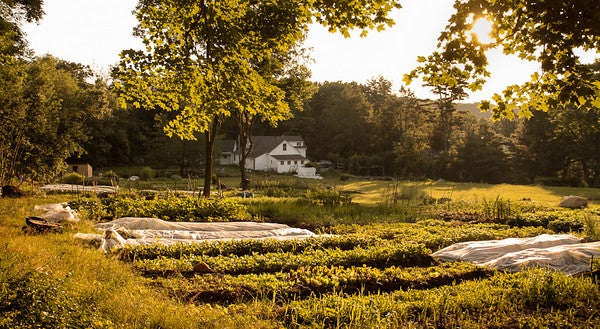
At the end of the day, farming will always be about a very tangible world: what you’re putting in your soil, what the weather’s doing, what bugs are real hungry for the things you’re growing. This is perhaps one of the reasons we’ve seen such a rise in a return to farming for my generation (and younger)—as an antidote to the modern economy that so often involves creating intangible products. It is the hands-on satisfaction of farming that makes for such a rewarding life.
Despite the revived interest, though, farming is still a dying craft. Americans who choose farming as a career are unquestionably few in number. And yet it is the only way to build a world in which more people have access to fresh, local food that is nutritious and ecologically green. Like the farmers gathered on their porches, the neighbors raising barns or harvesting corn, we must keep connecting and learning from each other. The Web is quite literally farming’s new watering hole, helping us bridge the geographic gaps between farms and people virtually as we continue to build the movement to do it locally.
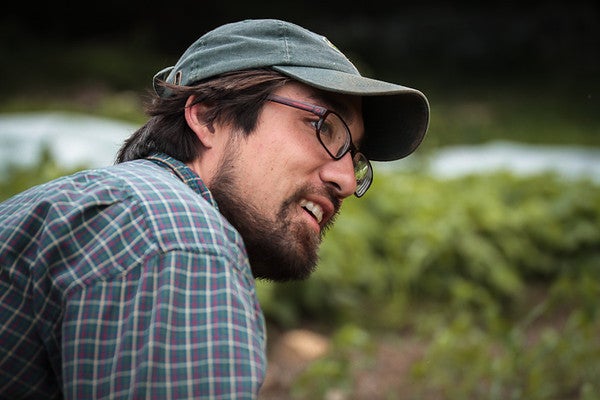
This column is part of The Way We Think series. What happens when you get past the buzzwords and take a broader look at what the Internet is actually doing to transform our culture, our research, our tastes, and our ideas? In this series, the Daily Dot will publish major thinkers and fresh voices from diverse areas of our intellectual and cultural lives—science, literary criticsm, photography, food blogging, biology, art history, wine, travel—on how our world is changing in concrete terms because of the Web.
Photographs: Farmer plowing his field by Jack Delano, Library of Congress; barn raising by grongar; farmers at general store by Fritz Henlie, Library of Congress; images of Longhaul Farm and Jason Angell by Theo Angell.
